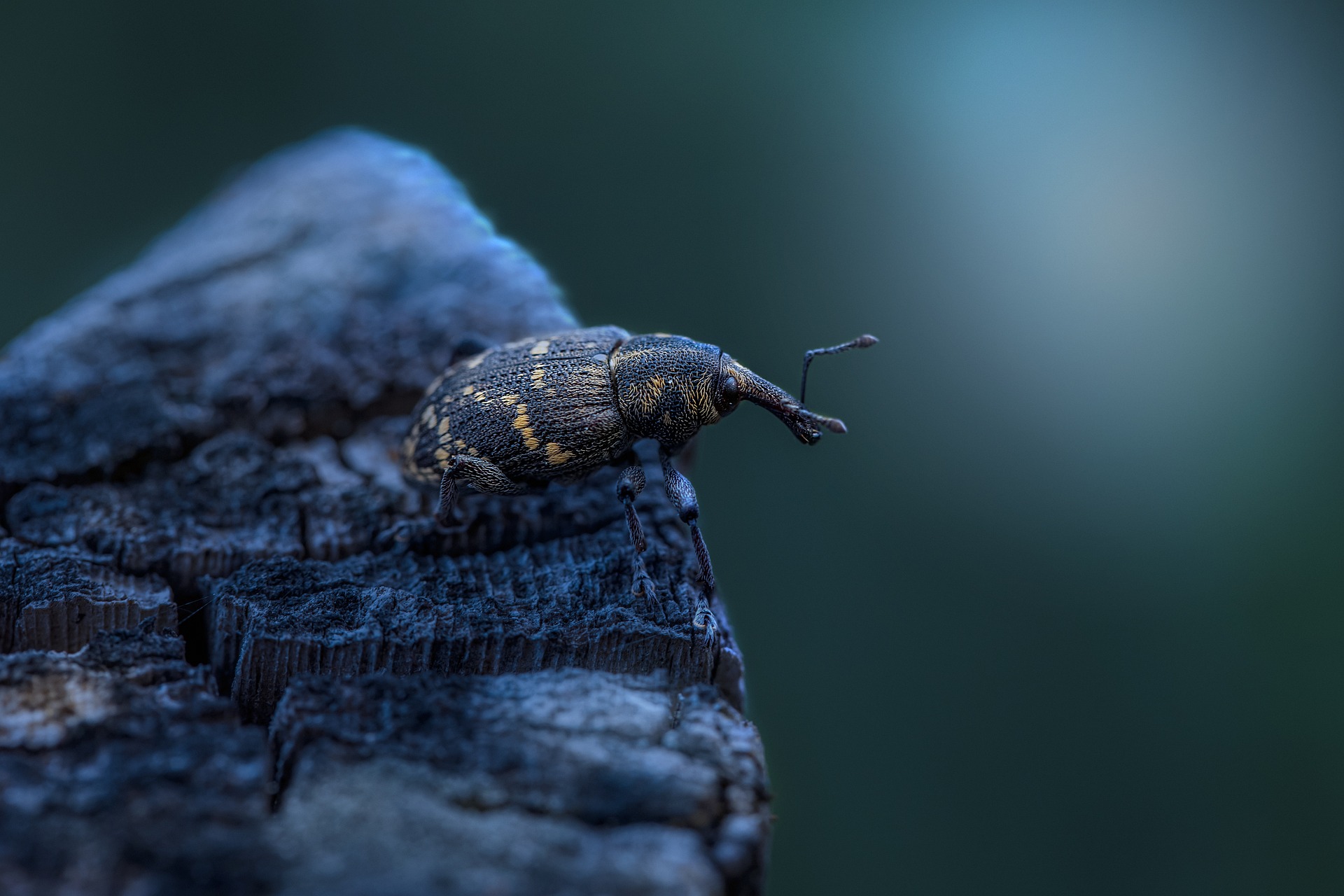The Large Pine Weevil (Hylobius abietis) is a species of weevil belonging to the family Curculionidae. Here’s some information about this insect:
- Appearance: Large Pine Weevils are relatively large beetles, measuring about 8 to 12 millimeters in length. They have elongated bodies with a distinctive snout or rostrum. Their coloration varies, but they typically have dark brown or black bodies with lighter patches or markings.
- Habitat: Large Pine Weevils are commonly found in coniferous forests, where they feed on the bark of pine and spruce trees. They are native to Europe but have been introduced to other regions, including North America.
- Diet: Large Pine Weevils are herbivorous and feed primarily on the bark of young coniferous trees. They use their strong mandibles to chew through the bark and feed on the underlying tissues. This feeding behavior can cause significant damage to young trees and may even lead to their death.
- Life Cycle: Large Pine Weevils undergo complete metamorphosis, with four life stages: egg, larva, pupa, and adult. The adults emerge from overwintering sites in the spring and mate. Females then lay eggs in the soil at the base of host trees. The larvae hatch from the eggs and burrow into the soil, where they feed on roots and organic matter. After pupating, the adults emerge and begin feeding on tree bark.
- Ecological Role: Large Pine Weevils play important roles in forest ecosystems as decomposers and herbivores. While their feeding behavior can be damaging to young trees, it also contributes to nutrient cycling and the decomposition of organic matter in forest soils.
- Management: Large Pine Weevils are considered pests in forestry, as they can cause significant economic losses to timber production. Integrated pest management strategies, including the use of insecticides, biological control agents, and cultural practices such as tree planting techniques and forest management, are used to control populations and minimize damage to forests.
Overall, the Large Pine Weevil is an important insect species in forest ecosystems, but it can also be a significant pest in forestry operations, requiring careful management to mitigate its impacts on tree health and productivity.
Views: 25
Subscribe to the newsletter:
